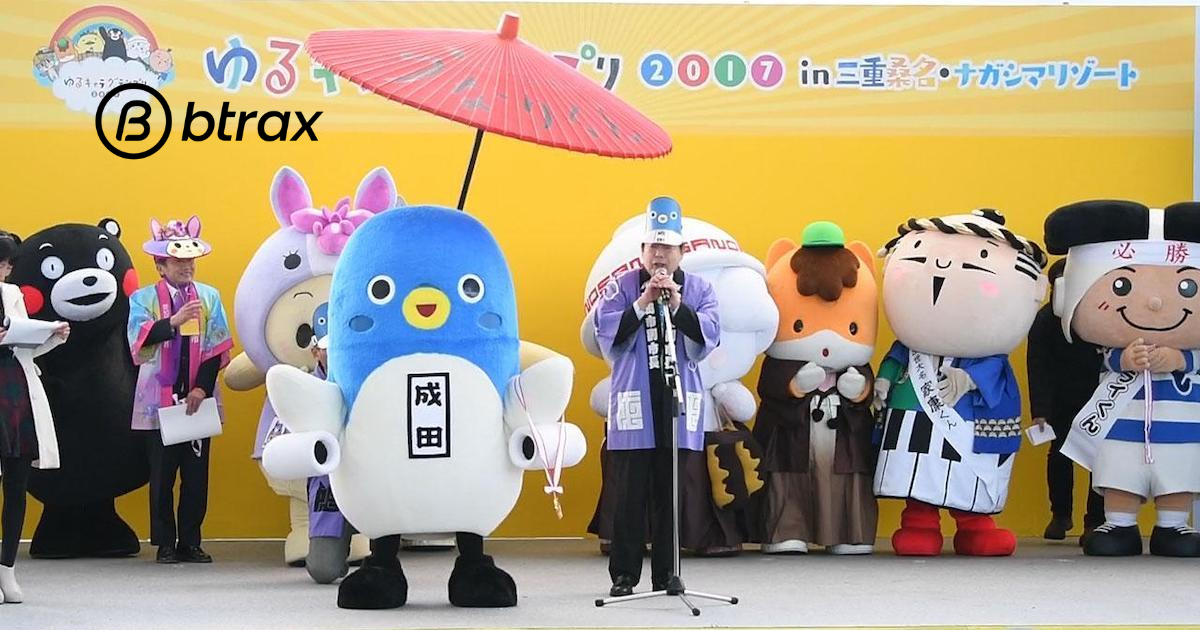
Btrax Design Company > Freshtrax > 3 Challenges an...
3 Challenges and Solutions for Japanese Localization
What, exactly, makes the process of translating or localizing into Japanese so challenging? I’ve worked with many clients that ask questions like “Why is this process so much longer than with our other languages?” or “Why do you keep sending it back for review?” If this has happened to you or you’re thinking about localizing material into Japanese, read on for the three biggest challenges and solutions for 日本のローカライゼーション(that’s Japanese localization).
1) Semantics
Challenges: Japanese and English have completely separate linguistic origins. Many words in one language have no direct translation in the other. For example, the Japanese word Otsukaresama literally means “You are tired.” Yet in the Japanese context it means “I appreciate all your hard work” and is used to say goodbye to coworkers at the end of the day. It’s an essential term for many business situations. But there is no single English word that can epitomize the essence Otsukaresama in all its potential contexts and nuances.
Another issue is that of tone. While there are ways to show formality and informality in English, Japanese has many more levels and nuances of tone. Trying to translate into these nuances from another language without such distinctions is particularly tricky.
Solution: Before starting a localization project, we reach out to the client and make sure we understand the tone they desire. This happens through in-depth conversations that allow us to understand our client and who they see as their target market. Another crucial beginning step for Japanese language translation and localization is to create a key term list and style guide, building off of any existing translation memory if possible.
2) Perfectionism
Challenge: English has countless variations, beyond even the American English vs British English difference. This variety means there are many acceptable ways to phrase (or even spell) things. Japanese, however, has no such flexibility. There is no tolerance for variations from the common practice, making near-approximations completely unintelligible to Japanese speakers.
Solution: In-country translators are key. Language is a living thing, changing from year to year (or even month to month). People who have been out of Japan for even a short time may soon find themselves out of date with current words and phrases. This goes beyond just language; political correctness and other societal conventions could also affect your message’s success.
In-country translators are also able to adapt your material to sound more “Japanese.” A direct word-for-word translation from English, while technically perfect, could be off-putting or jarring to your Japanese audience. You may have heard that the Japanese don’t like to say “no” directly. If, for example, you have a document that says “We can’t do that” the Japanese translation should read more like “That will be difficult”. This still means “no” to your Japanese client but it will avoid giving offense. A translator or team who can avoid such errors will save you a world of hurt.
3) Technology Integration
Problems: For years, many helpful programs (including computer-assisted translation (CAT) tools that we typically use on translation projects) have made the translation quality control much easier, but they are still not sufficient for Japanese. This means that all character and grammar checks must be completed manually. The human element often leads to inconsistencies and mistakes that need double and triple checks to be smoothed out. These checks bog down the process and often increase cost.
Solution: There has been exciting progress made in checking tools developed specifically for Japanese. These new programs have proved to give accurate results, cut down time and money spent on manual review, and increase overall quality. As these tools continue to improve, we expect to see the time required for Japanese localization to continue to decrease without compromising product quality. Here at Venga, we are using these new tools with success.
Quality Japanese Translation and Localization
Getting your content translated into Japanese is getting easier. With the proper tools, you can have a quality translation in a short amount of time. If you are looking at building a presence in Japan, contact us and we can help you on your way.







